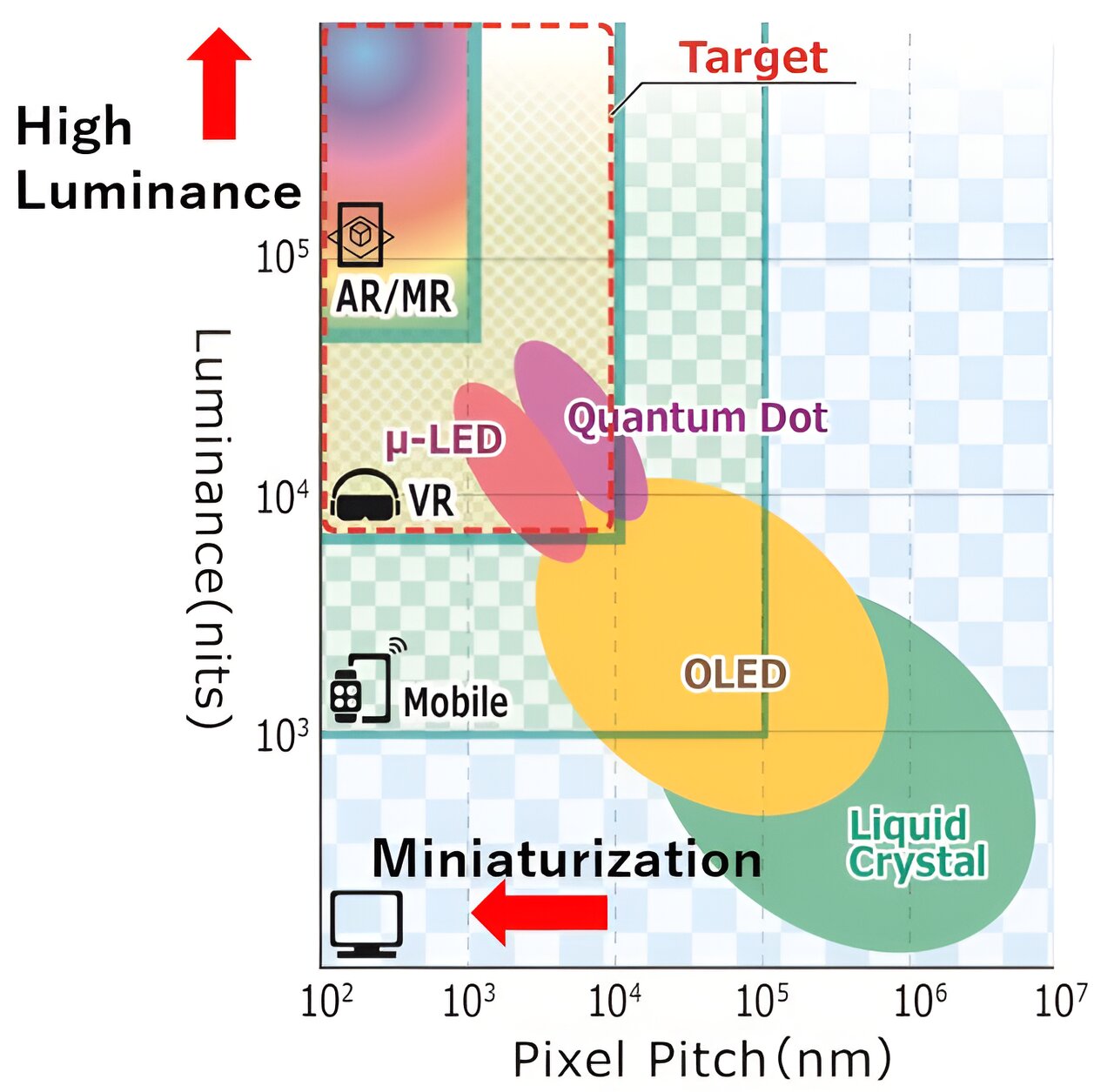Imagine a world where pterodactyls soar above us in a video game, and we can try on cosmetics virtually before buying them. This is the power of augmented reality and other immersive technologies that are revolutionizing how we play, observe, and learn. But there’s one missing piece to truly unlock their potential: cheap and ultra-small light-emitting diodes (LEDs) that can produce high-resolution, full-color images. Unfortunately, these LEDs don’t exist… until now.
In a groundbreaking study published in Applied Physics Express, a team of researchers from Meijo University and King Abdullah University of Science and Technology (KAUST) has successfully developed these game-changing LEDs. What’s even more exciting is that they can be easily incorporated into modern metaverse applications, thanks to their simple fabrication process using existing manufacturing methods.
So why are improved LEDs so crucial for immersive reality? Well, the realism of augmented and virtual reality heavily relies on resolution, detail, and color accuracy. Every color needs to be vivid and distinguishable. That’s where gallium indium nitride semiconductors come in. These versatile materials meet all the requirements for LEDs in immersive displays. However, the key is to construct them as a single unit on the same substrate, rather than separate elements. And that’s exactly what the researchers accomplished.
“We stacked blue, green, and red micro-LED arrays on the same wafer, connected by tunnel junctions,” explains Motoaki Iwaya, senior author from Meijo University. “By doing this, we achieved a pixel density of 330 pixels per inch and created a truly immersive visual experience.”
At a current density of 50 amperes per square centimeter, the LEDs emitted light at wavelengths of 486, 514, and 604 nanometers for blue, green, and red, respectively. The emission spectrum was narrow enough to produce vibrant and distinguishable colors. Although there were a few minor issues with extraneous wavelengths and lower red and blue emissions, the researchers are confident that optimizing the crystal growth conditions will solve these problems.
The team has successfully overcome the limitations of previous LEDs based on gallium indium nitride technology. They are now working on preparing the devices on cheap sapphire substrates for practical use. This breakthrough brings us one step closer to achieving ultra-high brightness and definition in realistic, immersive visual experiences.
So get ready to step into a world where augmented and virtual reality become even more lifelike and captivating. The future of immersive technology is brighter than ever, thanks to these groundbreaking LEDs.








